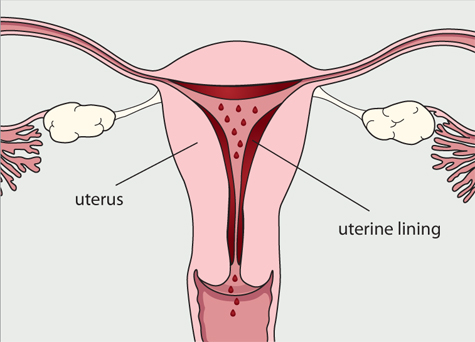
Day 1 starts with the first day of your period. This occurs after hormone levels drop at the end of the previous cycle, signaling blood and tissues lining the uterus (womb) to break down and shed from the body. Bleeding lasts about 5 days.
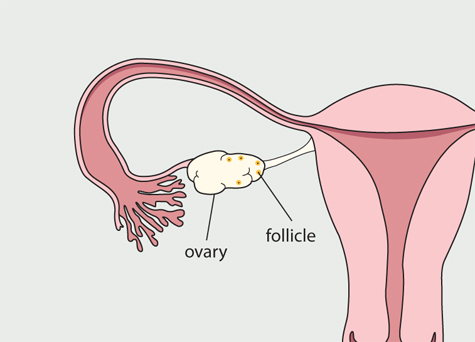
Usually by Day 7, bleeding has stopped. Leading up to this time, hormones cause fluid-filled pockets called follicles to develop on the ovaries. Each follicle contains an egg.
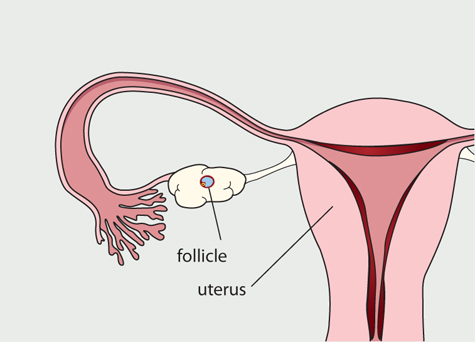
Between Day 7 and 14, one follicle will continue to develop and reach maturity. The lining of the uterus starts to thicken, waiting for a fertilized egg to implant there. The lining is rich in blood and nutrients.
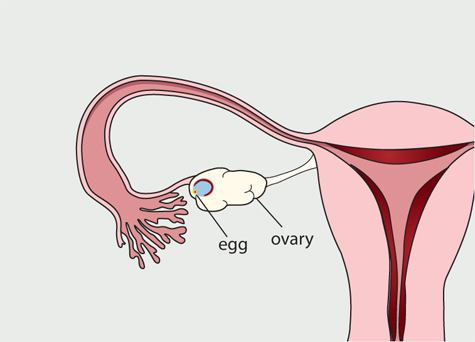
Around Day 14 (in a 28-day cycle), hormones cause the mature follicle to burst and release an egg from the ovary, a process called ovulation.
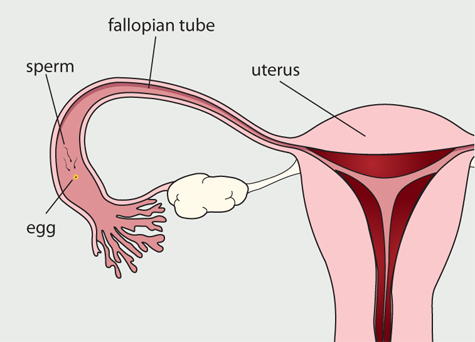
Over the next few days, the egg travels down the fallopian tube towards the uterus. If a sperm unites with the egg here, the fertilized egg will continue down the fallopian tube and attach to the lining of the uterus.
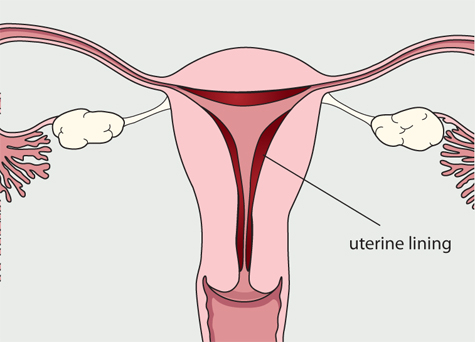
If the egg is not fertilized, hormone levels will drop around Day 25. This signals the next menstrual cycle to begin. The egg will break apart and be shed with the next period.

